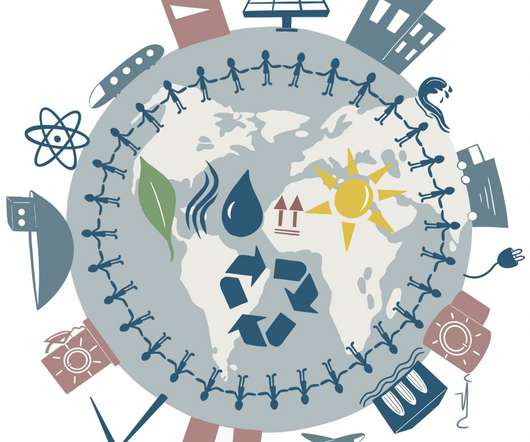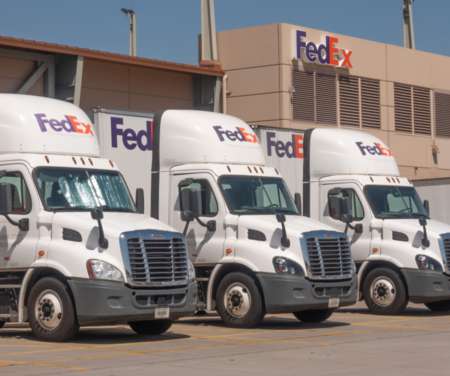Carbon Mitigation Actions; For The Planet, And for the Pocket
The Logistics & Supply Chain Management Society
AUGUST 15, 2021
According to a recent SGInnovate webinar, the voluntary carbon market is worth about $5.5 More importantly, this same voluntary market is projected to increase to $50 billion by 2030. Transforming Operating and Communication Protocols in the Supply Chain with Business Rugged Devices. billion a year. Closing the Loop.
















Let's personalize your content